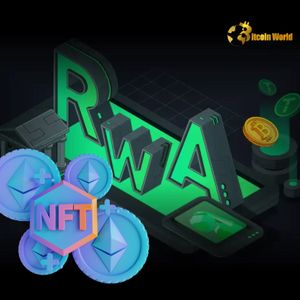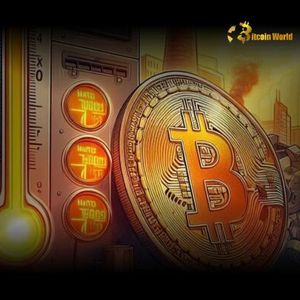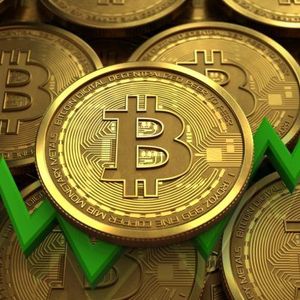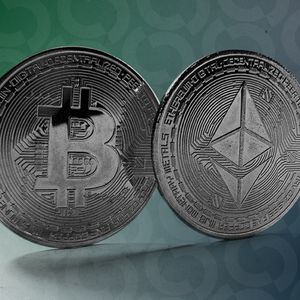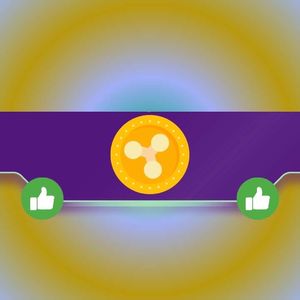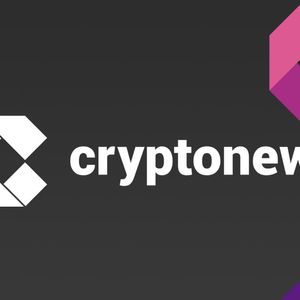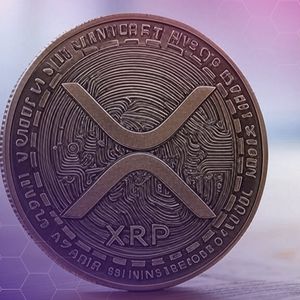BitcoinWorld Unlocking the Future: How RWA NFTs Can Revitalize the NFT Lending Market The world of Non-Fungible Tokens (NFTs) has seen incredible highs and challenging lows. While the spotlight often shines on digital art and collectibles, a crucial part of the ecosystem – the NFT lending market – has experienced a significant downturn. But according to leading blockchain analytics platform DappRadar, there’s a promising path forward, paved with innovative catalysts like linking NFTs to real-world assets (RWAs). In a recent report highlighted by CoinDesk, DappRadar analysts pointed to a dramatic drop in the NFT lending market’s activity. Trading volume plummeted by a staggering 97%, falling from approximately $1 billion in January 2022 to roughly $50 million by May 2023. This sharp decline has left many wondering about the future of borrowing and lending against digital collectibles. What Happened to the NFT Lending Market? The initial boom in the overall NFT market fueled excitement across all its sub-sectors, including lending. Users could leverage their valuable digital assets to access liquidity without selling them. However, as the broader crypto market faced headwinds and NFT floor prices dropped for many collections, the risk associated with NFT-backed loans surged. This led to liquidations and a general slowdown in activity. DappRadar analyst Sara Gherghelas aptly described the current state as ‘survival mode.’ While the underlying technology and platforms designed for crypto lending against NFTs are still operational, the user engagement and trading volume have significantly decreased. How Can the NFT Lending Market Regain Vitality? The key question now is: What can breathe new life into this struggling sector? DappRadar’s analysis points to several potential catalysts, suggesting the market isn’t dead, but rather shifting its focus towards utility and robust design. Here are some of the critical drivers identified: RWA NFTs: Tokenizing real-world assets like real estate, art, or commodities could provide more stable and predictable collateral for loans compared to volatile digital collectibles. Undercollateralized Loans: Moving beyond strictly overcollateralized models by incorporating trust mechanisms or reputation systems. Credit Scores: Developing decentralized credit scoring systems based on on-chain activity to assess borrower risk. AI-Powered Risk Matching: Utilizing artificial intelligence to better analyze asset value, market conditions, and borrower profiles for more efficient and safer lending. Let’s delve deeper into perhaps the most talked-about catalyst: the linkage to Real-World Assets (RWAs). Exploring the Potential of RWA NFT Integration Imagine being able to borrow against a tokenized piece of property you own, or a fractionalized NFT representing ownership in a rare artwork. This is the promise of RWA NFT integration in the NFT lending space. Benefits of RWA NFTs for Lending: Stability: Real-world assets often have less price volatility than purely digital collectibles, potentially offering more stable collateral. Tangible Value: The underlying asset exists in the physical world, which can provide a different layer of perceived security for lenders. Broader Appeal: Opens up the crypto lending market to individuals and institutions holding significant value in physical assets. Increased Liquidity: Allows owners of illiquid physical assets to access capital without selling the asset itself. Challenges of RWA NFT Integration: Legal Frameworks: Bridging the gap between digital ownership (the NFT) and legal ownership (in the physical world) requires clear regulations and legal structures. Valuation: Accurately and consistently valuing real-world assets on-chain can be complex. Oracles & Data Integrity: Reliable oracles are needed to bring real-world data (like property values, rental income) onto the blockchain securely. Enforcement: What happens in case of default? The process of seizing or managing a physical asset linked to a digital token requires robust off-chain and on-chain coordination. Despite the challenges, the potential for RWA NFT s to provide more robust and reliable collateral could significantly de-risk NFT lending and attract a wider range of participants, including institutional players looking for more predictable yield opportunities. Beyond RWAs: Credit Scores and AI in NFT Lending While RWAs are a major catalyst, the DappRadar report also highlights other crucial elements. Decentralized credit scores, for instance, could move the market beyond relying solely on overcollateralization. By analyzing a user’s on-chain history – their borrowing and repayment behavior across various DeFi protocols – platforms could build a reputation system that allows for undercollateralized or even uncollateralized loans for trusted borrowers. This would make NFT lending more capital-efficient for borrowers. Furthermore, leveraging AI for risk matching could revolutionize how loans are assessed and managed. AI algorithms can process vast amounts of data from the NFT market , the broader crypto market , and even real-world data streams (if RWAs are involved) to provide more accurate risk assessments, optimize interest rates, and even predict potential defaults. This could lead to more sophisticated and resilient lending protocols. Actionable Insights for the Future For developers and entrepreneurs in the space, the insights from DappRadar point towards building more sophisticated infrastructure. This includes developing standards for RWA tokenization, creating reliable decentralized identity and credit scoring systems, and integrating advanced AI/ML models for risk management. For users, the revitalization could mean more diverse lending options, potentially lower interest rates (as risk management improves), and new ways to unlock liquidity from a wider range of assets, both digital and physical. Conclusion: A Promising Shift for NFT Lending The DappRadar report serves as a crucial reminder that the downturn in NFT lending is not necessarily an end, but perhaps a necessary phase of evolution. The market is seeking new foundations, moving away from speculative hype and towards sustainable utility. Catalysts like the integration of RWA NFT s, the development of on-chain credit scores, and the application of AI-powered risk management offer a promising roadmap for revitalization. While challenges remain in implementing these solutions, their potential to introduce stability, efficiency, and broader participation could transform NFT lending into a more mature and robust component of the decentralized finance landscape. The infrastructure is still here; the focus is now on building smarter, more resilient, and more useful applications on top of it. To learn more about the latest crypto lending trends, explore our article on key developments shaping the NFT market ‘s future. This post Unlocking the Future: How RWA NFTs Can Revitalize the NFT Lending Market first appeared on BitcoinWorld and is written by Editorial Team



